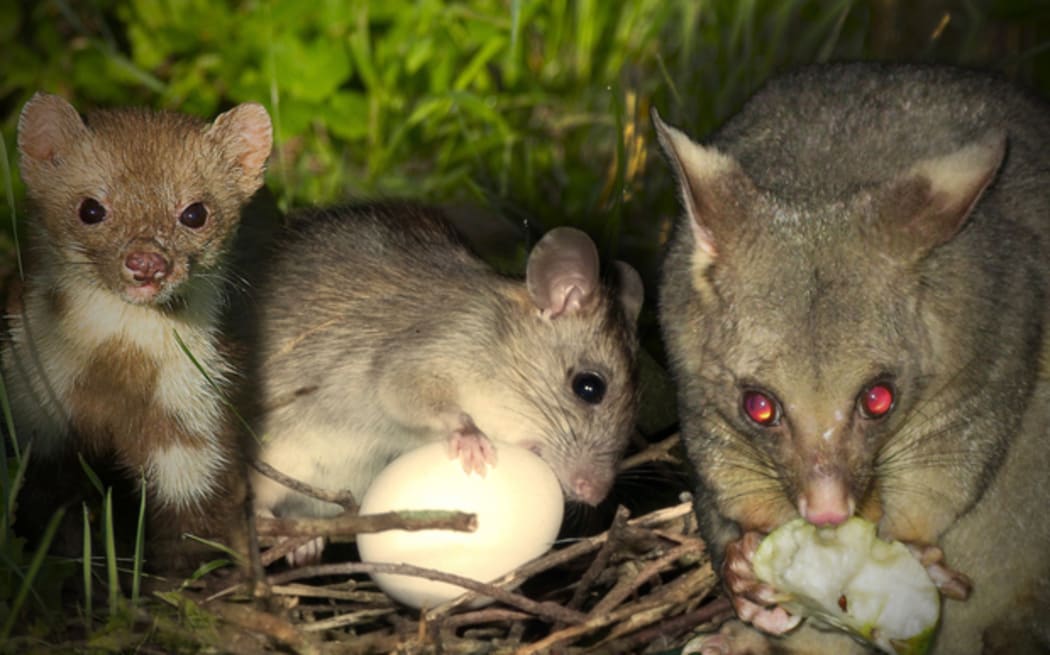Gene drives offer a way to hack the traditional inheritance process to make sure a specific trait is passed on to the next generation. Could they be used to get us to Predator Free 2050?

Photo: 123RF
Gene drives are an emerging technique to control predators and pests. They offer a way to edit genes and then hack the traditional inheritance process to make sure a specific trait is passed on to the next generation.
So in the case of the malarial mosquito for example, the vector for a disease that kills nearly half a million people a year, you could edit out the female gene and drive this into the wider population so that mosquitoes are all born male.
Eventually, mosquitoes would die out. That's the theory, anyway.
But now new research is casting doubt on the effectiveness of gene drives as a way of eliminating pests and predators, suggesting that evolution will always win.
It's work with particular resonance for New Zealand, where genetic biocontrols like gene drives are an important part of the government's Predator Free 2050 strategy (which has the goal of ridding New Zealand of all introduced predators like rats, stoats and possums within the next 30 years).

